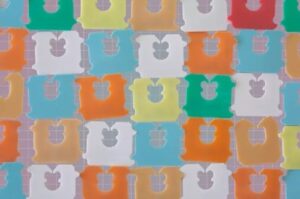DOE: Why Tunable? A Look at Schools Using Tunable Lighting
LED technology enables dynamic lighting solutions that can adapt to the occupants, tasks, and daylight in a space. Tunable lighting systems can alter the intensity and/or spectral characteristics (color) of the source. As more schools across the U.S. transition from fluorescent to LED technology, many are likely to consider tunable lighting. This case study aims to help decision-makers by looking at past and current tunable lighting projects.
-
- Why did schools choose tunable lighting?
- What features were selected?
- How was tunable lighting implemented?
- What was the teacher feedback?
This case study examines tunable lighting installations at eight school districts across the United States. Why Tunable? A Look at Schools Using Tunable Lighting



